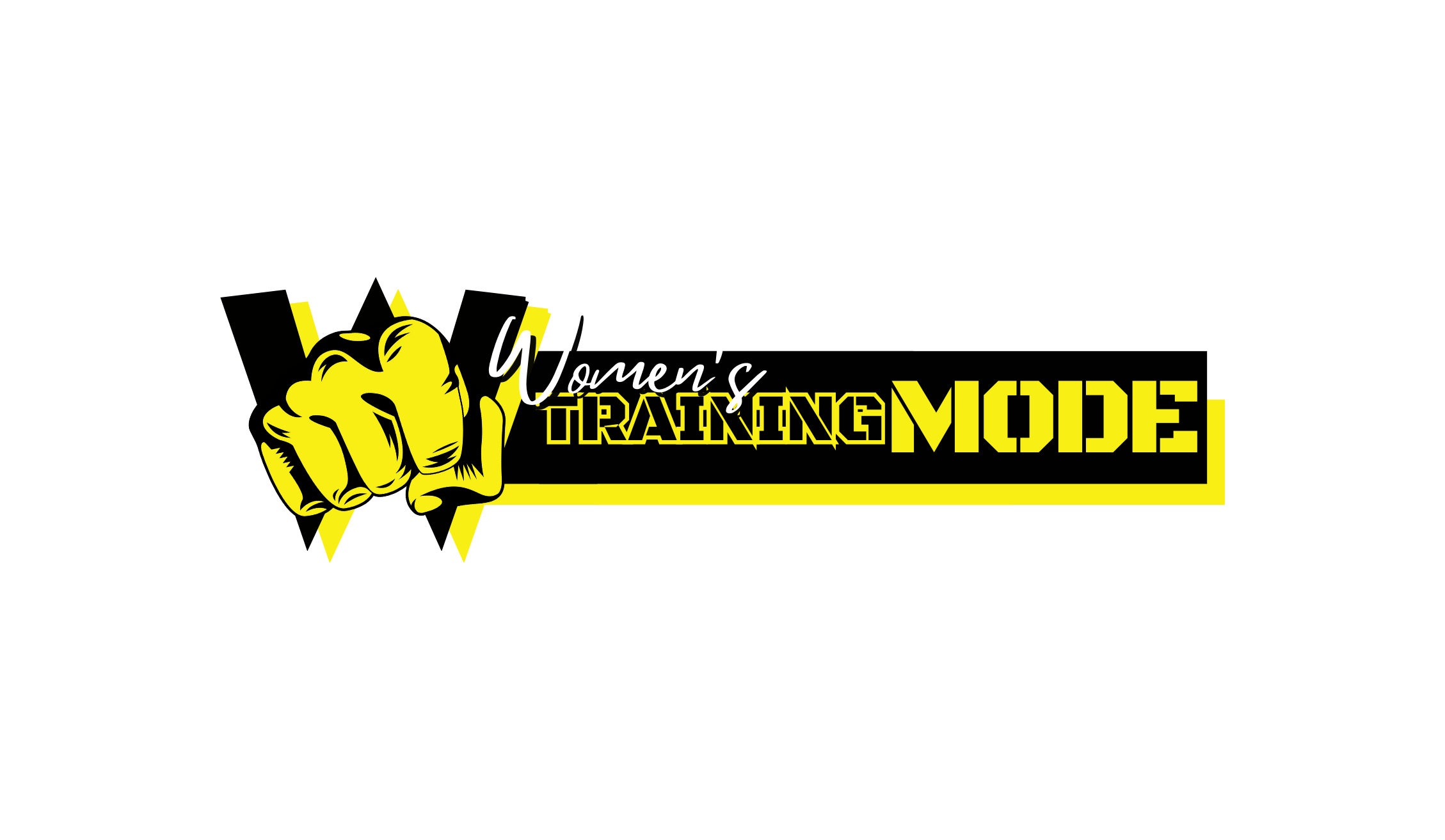Add rope to your HIIT workouts and achieve your results much sooner than you expected
HIIT Jump Rope training is an excellent way to lose weight and offers a range of health benefits.
Jumping rope is an activity many of us associate with childhood, but in reality, it’s an incredibly effective and fun way to burn calories and lose weight.
This article will show you how HIIT jump rope training can be a useful addition to your weight loss exercise program.

Explosive calorie burning
Combining the HIIT Jump Rope Workout with a group of exercises results in a truly explosive calorie burn. Jumping rope is an intense cardiovascular exercise that burns a lot of calories in a short period.
While HIIT workouts are already known for being exercises in this regard, adding the skipping rope intensifies the process even more. In just a few minutes, you can burn many calories, accelerating your progress towards your weight loss goals.
The amount of calories burned depends on the intensity and duration of the exercise, but it can be just as effective as running or cycling.
Improved Cardiovascular Capacity
Often associated with aerobic training, also offers many benefits for the cardiovascular system.
Although strength training is often emphasized for its medical benefits, it is important to consider that exercises such as skipping rope are not only beneficial for muscular strength and endurance but also have a positive impact on heart health.
Training is known for improving cardiovascular capacity, and jump rope training is no exception. By performing high-intensity jumping intervals, you strengthen the heart and improve blood circulation.
Studies show that jumping rope regularly can contribute to lowering blood pressure and cholesterol levels in the body.

Increased Agility and Coordination
Jumping rope is a versatile and effective physical activity that offers several benefits, one of the most notable being increased agility and coordination. Regular practice of this exercise requires precision and synchronization between the jumps of the rope and the movements of the hands, developing fine motor skills and improving the body’s ability to coordinate.
When you jump rope, your body needs to be in tune, ensuring that the movements of your legs and hands are perfectly coordinated to avoid stumbling.
This constant adjustment has improved not only agility but also dexterity, allowing you to move more efficiently and precisely in a variety of physical activities, such as sports, dancing, and even the same everyday tasks, such as walking or climbing stairs.
What’s more, the increased agility and efficiency resulting from regular jump rope practice not only improves performance in physical activities but also contributes to injury prevention.
The enhanced improvement reduces the risk of falls and sprains, making the body more resilient and able to adapt to unexpected situations.In short, the increased agility and coordination provided by the regular practice of skipping rope not only improves physical performance but also the quality of life
Reduced Training Time
The practice of skipping rope brings with it some benefits, and one of the most notable is the reduction in training time, especially when incorporated into High-Intensity Interval Training (HIIT).
This form of exercise stands out for providing effective results in a short period, making it an attractive option for women with busy schedules. While traditional workouts often involve long sessions in the gym, HIIT training with a skipping rope allows people to achieve significant results in a fraction of the time.
This is particularly relevant for women who have hectic schedules, as it offers the opportunity to improve their time and still enjoy the benefits of physical exercise.
HIIT Rope Skipping Training consists of alternating short, intense periods of activity with rest intervals. Jumping rope fits perfectly into this model, as it is a high-intensity activity that can raise the heart rate quickly. What’s more, the skipping rope is an accessible and portable tool, which means you can carry out your workout almost anywhere, saving you time commuting to the gym.
In addition to saving time, HIIT training with skipping rope also provides remarkable fitness benefits, including increased calorie burning, muscle strengthening, and improved cardiovascular capacity.
Therefore, for women who want to optimize their workout time and still reap the benefits of exercise, combining skipping rope with HIIT is a highly effective and convenient option. In summary, skipping rope as part of a HIIT workout offers an effective solution for busy women who want to improve their fitness.
It provides a reduction in training time, variation in activities, notable benefits for cardiovascular health, and a fun way to stay active. Incorporating this combination into your exercise routine could be the key to achieving your goals.

Muscle Strengthening
HIIT Jump Rope Workout offers many additional advantages when it comes to increasing muscle capacity. It is especially effective in increasing muscular endurance, as it constantly subjects the muscles to a demanding workout.
The ability to withstand repetitive jumping contributes significantly to the development of muscle strength in an extraordinary way. This form of training provides complete muscle strengthening, targeting the main muscle groups, while improving endurance and progression.
If you’re looking for a pragmatic and economical way to strengthen your physique, consider including jump rope training in your exercise regime. It’s a practical, economical, and enjoyable alternative to achieving your fitness aspirations.
How HIIT Jump Rope Workout Increases EPOC
HIIT Jump Rope Workout is an activity that stands out for its positive impact on weight loss and fitness, largely due to the specifications of EPOC (Excess Post-Exercise Oxygen Consumption), which represents the increase in oxygen consumption after exercise. When you jump rope in an intense and challenging way, your body continues to burn calories even after the exercise is over due to this effect.
EPOC is more pronounced in high-intensity exercises, such as jump rope training.
This means that after a vigorous workout, the metabolism remains high, contributing to greater calorie burning, even at rest. This increase in energy expenditure is beneficial for weight loss, as it helps to create a negative calorie balance.
Combining high-intensity jump rope training with high-intensity interventions not only burns calories during exercise but also benefits from the advantages of EPOC, which promotes effective weight loss and bem-estar gains.
EPOC Excess Post Exercise Oxygen Consumption refers to the increased rate of oxygen consumption that occurs after intense exercise. It’s also known as the afterburn effect. Here’s what you need to know about EPOC
The purpose of EPOC
EPOC is the body’s way of recovering and restoring homeostasis after intense physical activity. It involves several processes, including replenishing oxygen stores, reducing elevated heart rate, and repairing muscle tissue.
Calorie burn: EPOC
contributes to an additional expenditure of calories post-exercise. The body continues to burn calories at a high rate during the recovery process. This can help with weight loss and fat reduction.
Phases of EPOC
There are two phases of EPOC – the rapid phase, which deals with the immediate recovery of oxygen and temperature, and the prolonged phase, which can extend over hours or even days, where the body continues to consume oxygen at a higher amount.
Impact of exercise
Resistance training and high-intensity exercise tend to induce a more significant EPOC effect compared to low-intensity, steady-state cardiovascular exercise.

Tips for maximizing EPOC in your HIIT training
High-intensity interval training, known as HIIT, requires an approach that values efficiency.
It is therefore suggested to incorporate these specific exercises into your strength training routine only 2 to 3 times a week. This ensures a proper balance between the stress of training and the recovery essential for constant progress.
This strategy, although extensive in terms of weekly frequency, is powerful in its ability to maximize impact. Each training session is an explosion of concentrated effort, which not only optimizes the time spent but also uniquely challenges your body.
So by incorporating these exercises into your routine, you’ll take your physical demands to a new level.
For this HIIT Jump Rope workout regimen, you’ll dedicate 30 seconds to high-intensity jumping (performing jumps as quickly as possible), followed by a 30- to 90-second rest period.
Workout 1
- 30 seconds of full jump – try to do as many reps as possible.
- 30 to 60 seconds of rest
- Repeat the circuit 5 times.
Workout 2
- 30 seconds jumping rope – high knees
- 10 seconds of rest
- 30 seconds of jumping rope – high knees
- 10 seconds of rest
- 30 Second Stability Ball Pushups
- 10 seconds of rest
- 30 seconds jumping rope – high knees
- 10 seconds of rest
- 30 second plank
- 10 seconds of rest
- Repeat this circuit 2-3 times.
Workout 3
- 20 second total jump
- 5 seconds rest
- 30 seconds of squats
- 5 seconds rest
- 20 second total jump
- 5 seconds rest
- 30 second pushups
- 5 seconds rest
- 20 second total jump
- 5 seconds rest
- 30 seconds of waiting on the board
- 5 seconds rest
- Repeat this circuit 4 to 10 times.
One of the biggest advantages of jumping rope training is the feeling of accomplishment it provides. As you progress and improve your endurance, muscle strengthening will be reflected in your body and your mood.
So, if you want to fully strengthen your muscles, enjoy greater endurance and improve your progression, jumping rope training is an effective and fun option.
Start incorporating it into your exercise routine today and reap the muscle-strengthening benefits with one of the simplest and most effective exercises available.
important news
This article aims to get you off the couch and into a healthy life. We want to give you information about how exercise can be an interesting part of a healthy lifestyle.
But the point is, that what we’re sharing here doesn’t replace a conversation with a healthcare professional or personal trainer. Before starting an exercise routine, it’s a good idea to talk to a health expert, especially if you have any health problems.
Everyone is different and what works for one person may not be the same for another. That’s why having a professional by your side is key to ensuring you’re doing this safely and properly.
For more articles like this, click here.














